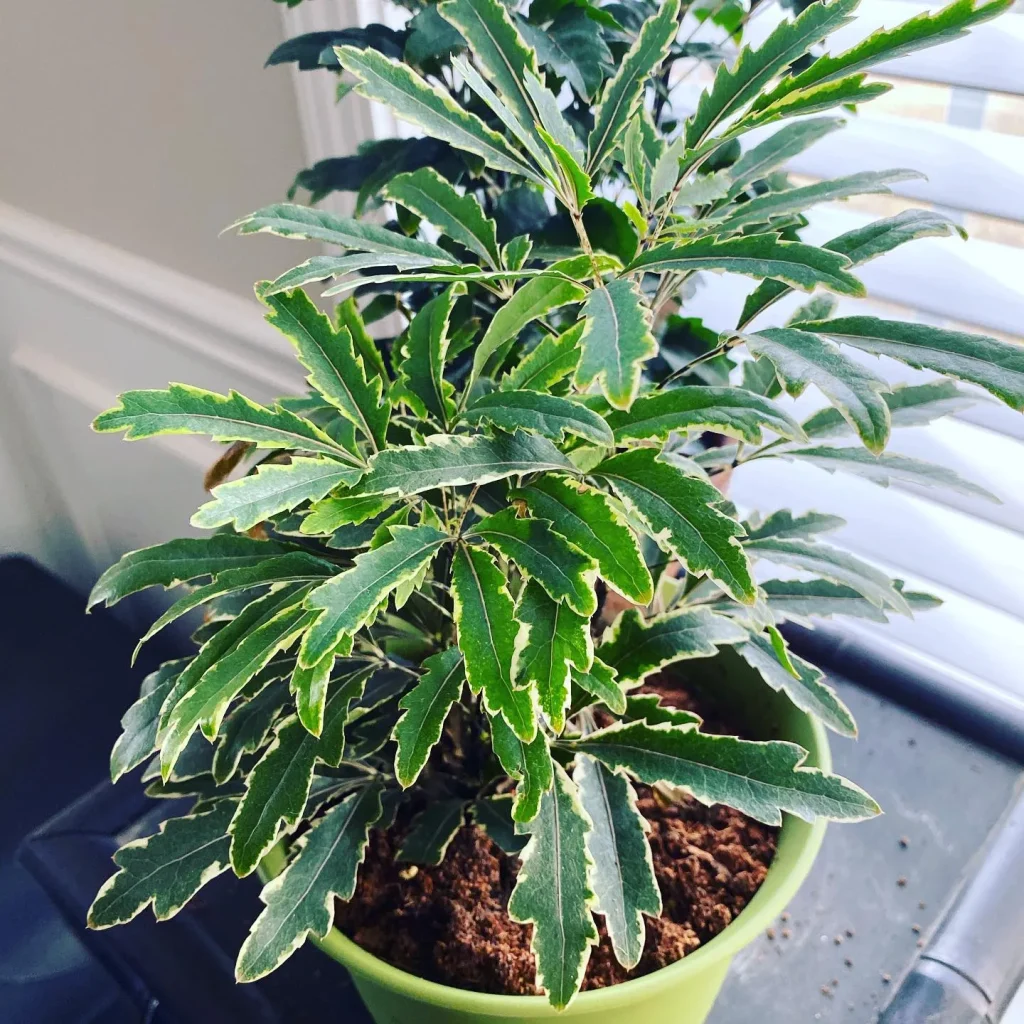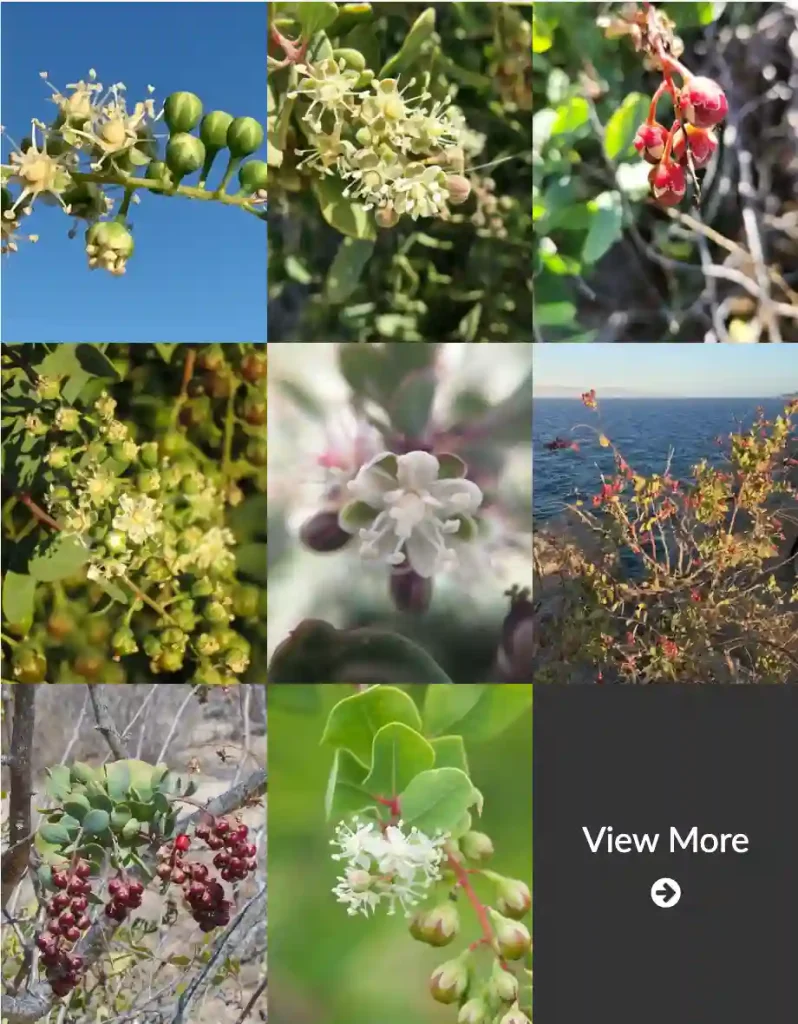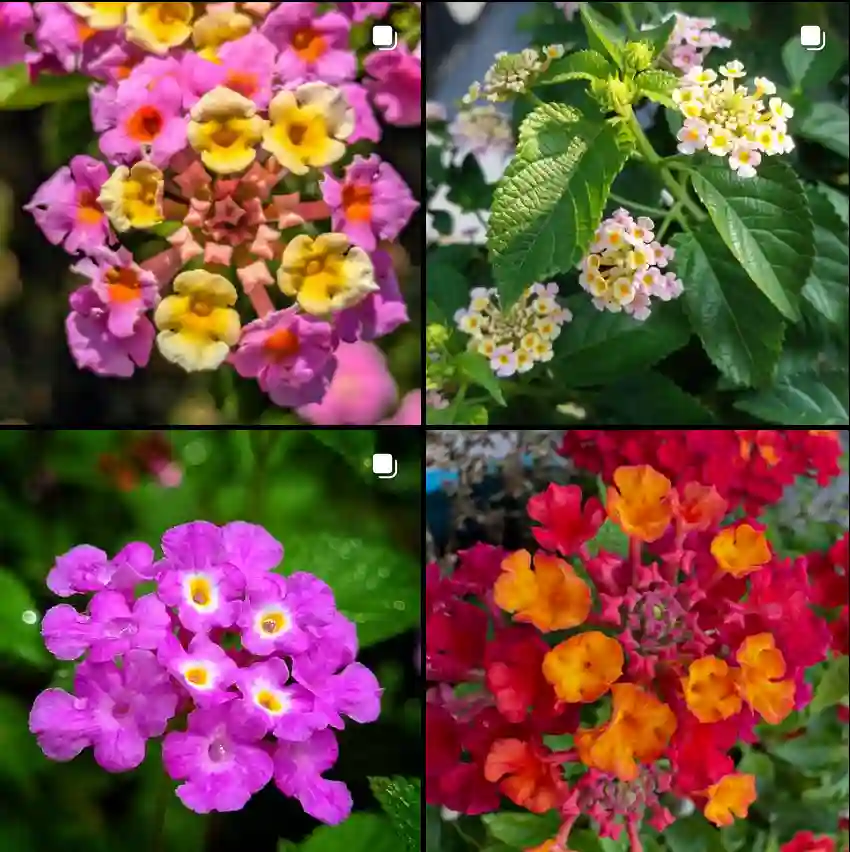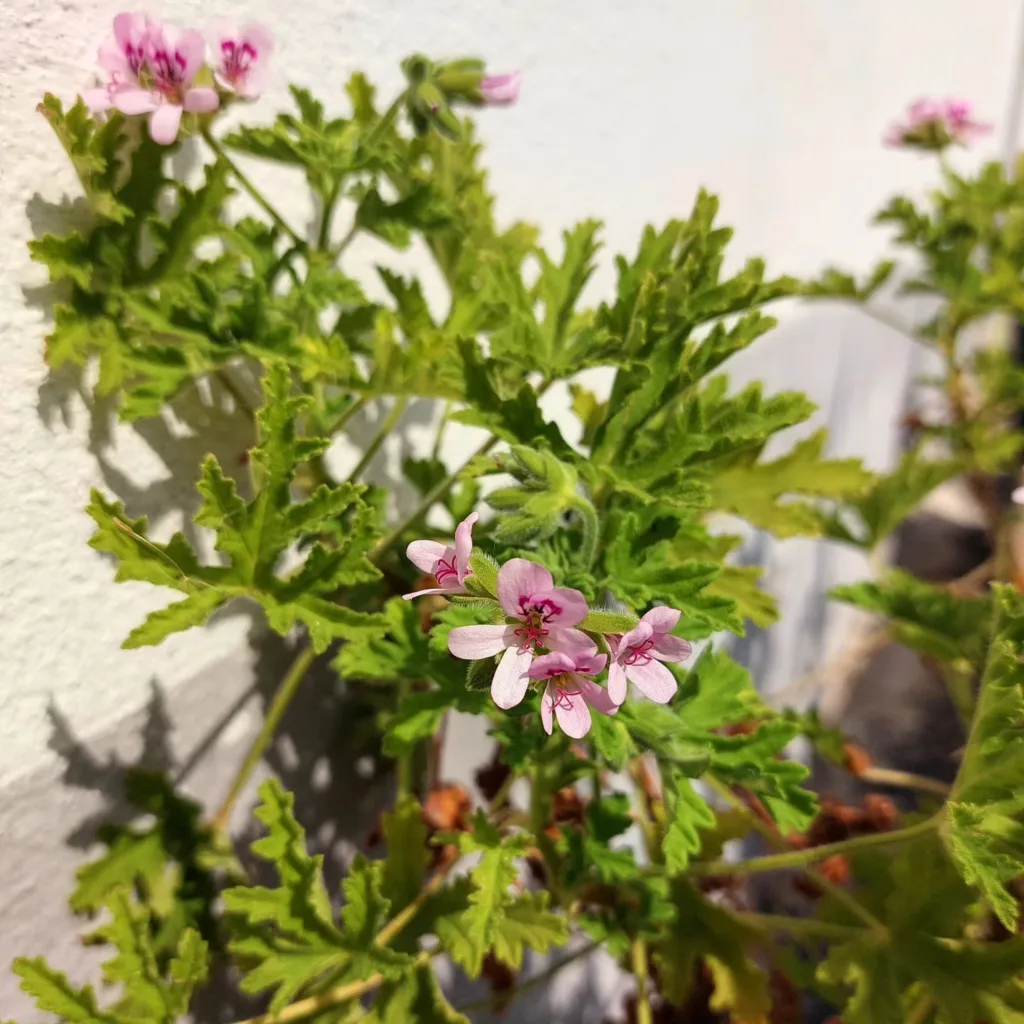Xanthosoma Violaceum: The Alluring Blue Taro – A Gardener’s Guide
Greetings, fellow plant enthusiasts! I’m Ferb Vu, and today we delve into the captivating world of Xanthosoma violaceum, a synonym of Xanthosoma sagittifolium, also known as the Blue Taro. This magnificent plant isn’t just stunning – it boasts a rich history and potential culinary uses. So, grab your trowel, because we’re about to unearth everything you need to know about cultivating this tropical wonder.
198 Species in Genus Xanthosoma
What is Xanthosoma violaceum?
Imagine colossal, velvety leaves, a mesmerizing blend of deep blue-green and contrasting purple undersides. That’s the hallmark of Xanthosoma violaceum. This perennial, belonging to the Araceae family, is native to Central and South America. It thrives in warm, humid climates, but with proper care, it can flourish indoors or outdoors in temperate zones.
Fun fact: Xanthosoma violaceum is closely related to the common Colocasia esculenta, more popularly known as the Elephant Ear. Both share the characteristic large, shield-shaped leaves, but Xanthosoma violaceum typically boasts a more dramatic color palette and a bushier growth habit.
Can I eat Xanthosoma violaceum?
The answer is yes, but with caution! Xanthosoma violaceum’s corms (underground tubers) and leaves are edible in certain parts of the world. However, they contain calcium oxalate crystals, which are toxic if consumed raw. The good news? These crystals are easily deactivated through thorough cooking (boiling or roasting) or drying.
Important note: If you intend to consume Xanthosoma violaceum, consult reliable sources for detailed preparation instructions. It’s crucial to ensure complete detoxification before indulging.
Word of caution: Individuals with a history of kidney stones, gout, or arthritis should exercise extra caution when consuming Xanthosoma violaceum, even when cooked, as it may aggravate these conditions.
How do I care for Xanthosoma violaceum?
Bringing a touch of the tropics indoors or adding drama to your garden is easy with Xanthosoma violaceum. Here’s a breakdown of its needs:
- Light: Xanthosoma violaceum thrives in bright, indirect sunlight. Avoid harsh afternoon sun, which can scorch the leaves.
- Water: Consistent moisture is key, but avoid waterlogging. Allow the top inch of soil to dry slightly between waterings.
- Soil: Opt for a well-draining, fertile potting mix. Aroids mix or a combination of potting soil, perlite, and orchid bark works well.
- Temperature: Aim for warm temperatures between 65-80°F (18-27°C). Protect your plant from frost as it’s not cold-hardy.
- Humidity: Xanthosoma violaceum appreciates high humidity. Grouping plants together, using a pebble tray, or running a humidifier can create a favorable microclimate.
- Fertilizer: During the growing season, a balanced fertilizer diluted to half strength can be applied every two weeks.
Tip: Xanthosoma violaceum is a fast grower. If it gets too leggy, prune it back to encourage bushier growth.
Xanthosoma violaceum vs. Colocasia esculenta (Elephant Ear): What’s the difference?
As mentioned earlier, Xanthosoma violaceum and Colocasia esculenta (Elephant Ear) are close relatives. Here’s a quick comparison to help you distinguish them:
| Feature | Xanthosoma violaceum | Colocasia esculenta (Elephant Ear) |
|---|---|---|
| Leaf Color | Deep blue-green with purple undersides | Green, burgundy, or variegated |
| Stem Color | Purple or black | Green or brown |
| Growth Habit | Bushier, more compact | Taller, with a single main stalk |
| Cold Tolerance | Less cold-tolerant | More cold-tolerant (depending on variety) |
| Culinary Use | Corms and leaves edible with proper preparation | Primarily ornamental, some varieties edible |
Conclusion: Xanthosoma violaceum – A Showstopper for Your Collection
Xanthosoma violaceum is a captivating addition to any plant collection. Its stunning foliage and potential for culinary exploration make it a true conversation starter. With proper care, you can cultivate this tropical gem and enjoy its beauty for years to come.
Remember: While Xanthosoma violaceum boasts potential culinary uses, prioritize safety. Always consult reliable sources and ensure proper preparation before consumption.
If i die, water my plants!



